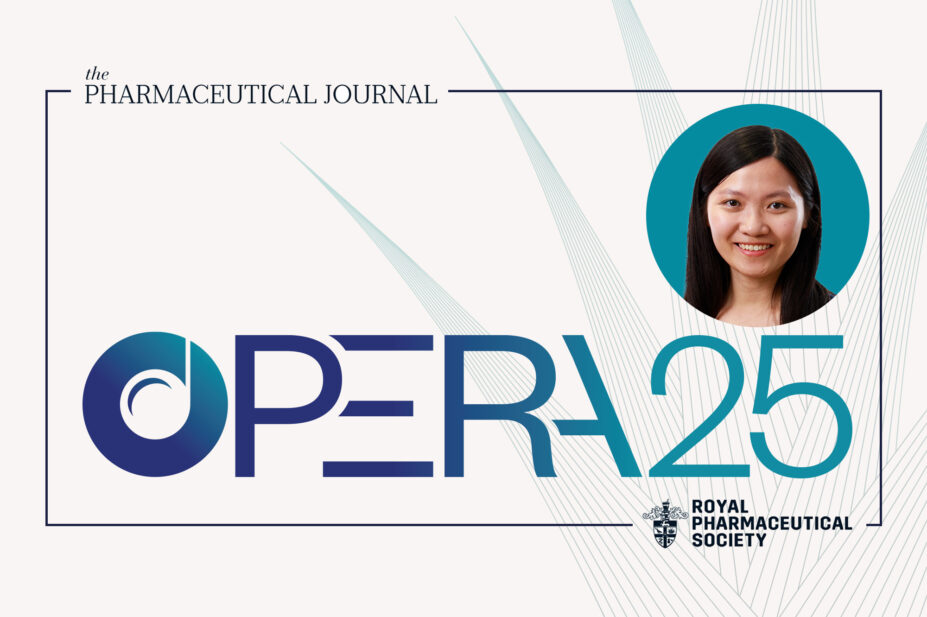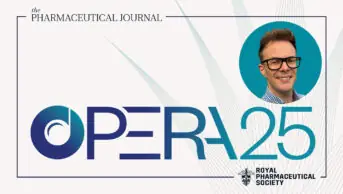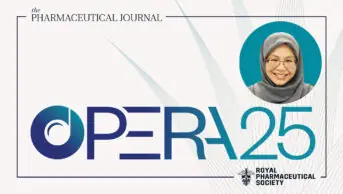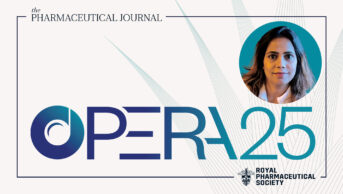
THE PHARMACEUTICAL JOURNAL
Wallis’s journey into pharmacy exemplifies how public health can greatly benefit from interprofessional research. Wallis began her career as a statistician before transitioning into pharmacoepidemiology, where she now harnesses Big Data to inform prescribing decisions and improve patient care.
In order to prove the safety and effectiveness of drugs, “the future direction is really to utilise the large-scale electronic health record databases available to us to generate real-world evidence”, she explains. Her statistical skills can be readily translatable to a wide range of data or classes of drugs and, unlike clinical trials that can take months, can be done much faster, leading to timely patient benefits.
Her pioneering research on anticoagulants has identified that warfarin is associated with a higher fracture risk, proton pump inhibitors (PPIs) significantly reduce gastrointestinal bleeding risk in patients on direct oral anticoagulants (DOACs) and apixaban is the safest DOAC (a study that used data from more than half a million patients to provide a comprehensive comparison of DOACs). The evidence from her studies has influenced prescribing recommendations, ensuring safer anticoagulant use in clinical practice.
Wallis’s studies have been cited in several key international guidelines, most recently in the 2021 European Heart Rhythm Association Practical Guide on the Use of Non-Vitamin K Antagonist Oral Anticoagulants in Patients with Atrial Fibrillation, thus shaping clinical decision-making and policy in anticoagulation management.
The future direction is really to utilise the large-scale electronic health record databases available to us to generate real-world evidence
Cross-disciplinary collaboration is vital in research, and her recent publication on antibiotic allergies in the UK was developed from the observations of her pharmacist colleague in a clinical setting. “I think that paper is a really good collaboration; I can help with answering an important clinical question and clinical pharmacists can help me to identify an important clinical question that I can apply my skills to address,” Wallis explained.
Wallis also gets many of her research ideas by talking to patients directly. “I realised actually that we don’t always need very complex quantitative analysis using multinational databases to benefit patients,” she says. She cited her current research with Diabetes UK on the relationship between antipsychotic medication and diabetes that was sparked by a conversation with a child’s mother who wanted to know, given her family history of diabetes, if taking antipsychotic drugs from the age eight years would result in her child developing diabetes later in life.
When asked about how she got into pharmacoepidemiology after an undergraduate degree in statistics, Wallis said: “I studied accounting and finance courses, but I didn’t want to apply my skills to the financial market to make money but wanted to do something more meaningful and impactful to me. This is when I saw an opening for a research assistant at the University of Hong Kong to do statistic analysis on health data that I really enjoyed doing and subsequently led to a PhD.”
Wallis also trains the next generation of pharmacists to get into research and data analysis. “Many pharmacy students are put off by statistics but most of the time research is not about statistics but more about refining the research question,” she adds.
Panel comments
“The nominee’s research has had a big impact on prescribing anticoagulants worldwide. Also, the research has been cited in key international guidelines, shaping clinical decision-making in anticoagulation management, reflecting the real-world evidence of pharmacy practice.”
“This candidate’s use of large-scale EHR data has yielded important real-world insights into medicine use and safety, bridging the gap between clinical trials and everyday practice. Their research is data-driven, methodologically strong, and highly relevant to public health. Their analytical work has the potential to influence healthcare policy and prescribing guidelines, marking a clear impact on both practice and population-level outcomes.”
Selected publications
- Characteristics, risk factors and clinical impact of penicillin and other antibiotic allergies in adults in the UK General Practice: A population-based cohort study;
- Sex-specific comparative outcomes between oral anticoagulants in patients with atrial fibrillation: a systematic review and meta-analysis;
- Incidence of mental health diagnoses during the COVID-19 pandemic: a multinational network study;
- Antibiotic prescribing in general practice during COVID-19 and beyond;
- Comparative effectiveness and safety between apixaban, dabigatran, edoxaban, and rivaroxaban among patients with atrial fibrillation;
- Global, regional, and national trends in opioid analgesic consumption from 2015 to 2019: a longitudinal study;
- Non-vitamin K oral anticoagulants and risk of fractures: a systematic review and meta-analysis;
- Association between treatment with apixaban, dabigatran, rivaroxaban, or warfarin and risk for osteoporotic fractures among patients with atrial fibrillation: a population-based cohort study;
- Gastrointestinal bleeding risk with rivaroxaban vs aspirin in atrial fibrillation: A multinational study;
- Association between dabigatran vs warfarin and risk of osteoporotic fractures among patients with nonvalvular atrial fibrillation.
You may also be interested in

OPERA 2025: Ryan Hamilton

OPERA 2025: Qonita Anjani
